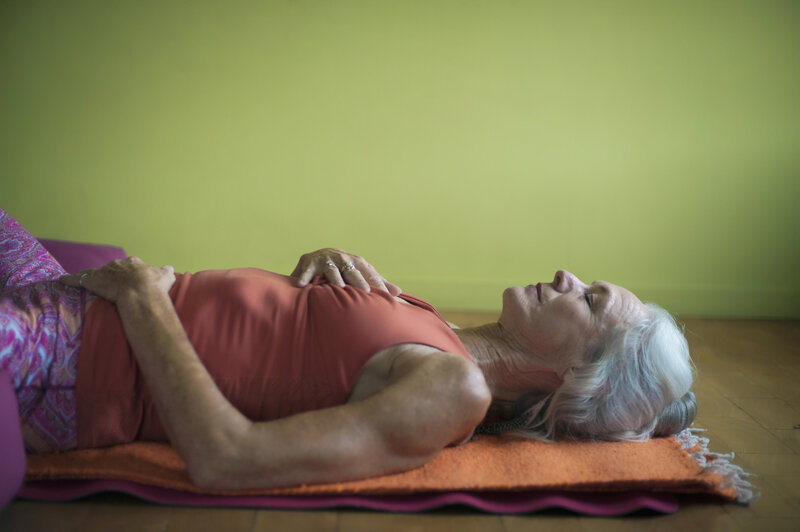
Yoga With Chronic Pain
"Yoga has been shown to decrease disability among people with pain, but it is not known how... yoga is a promising means to improving resilience and clinical outcomes for people with chronic pain." In Resilient to pain: A model of how yoga may decrease interference among people experiencing chronic pain,” the authors refer to many embodied correlates of stress: the HPAAxis (hypothalamus pituitary adrenal axis), stress hormones, etc.
Luckily, we don't need to know how yoga works to start practicing and receiving benefits, even when we have pain. According to the National Institute of Health's information page, "Chronic pain persists. Pain signals keep firing in the nervous system for weeks, months, even years."

Practicing with Pain: why avoidance may hurt more
“[D]efinitely listen to your body and its signals. If you have pain in a movement or in a posture, breathe, withdraw from the edge where the pain arose and rest for a moment.
And then, re-approach. Slowly, mindfully. Notice where you get the first hint of a suggestion of the painful feeling and stay there — don’t go further. Breathe and notice. 9 times out of 10, you’ll feel the suggestion of pain fade away. If this happens, go a little more towards where you felt it before in the same manner: slowly, mindfully noticing the first hint of a suggestion of pain, and stay. Breathe and notice. You may feel that fade away. Rinse and repeat, stopping to rest, of course, as needed.
Often a repetition of just three times inside your pain free range of motion will allow you to go back to the once painful movement with no pain.
There are many reasons for this phenomenon…”


